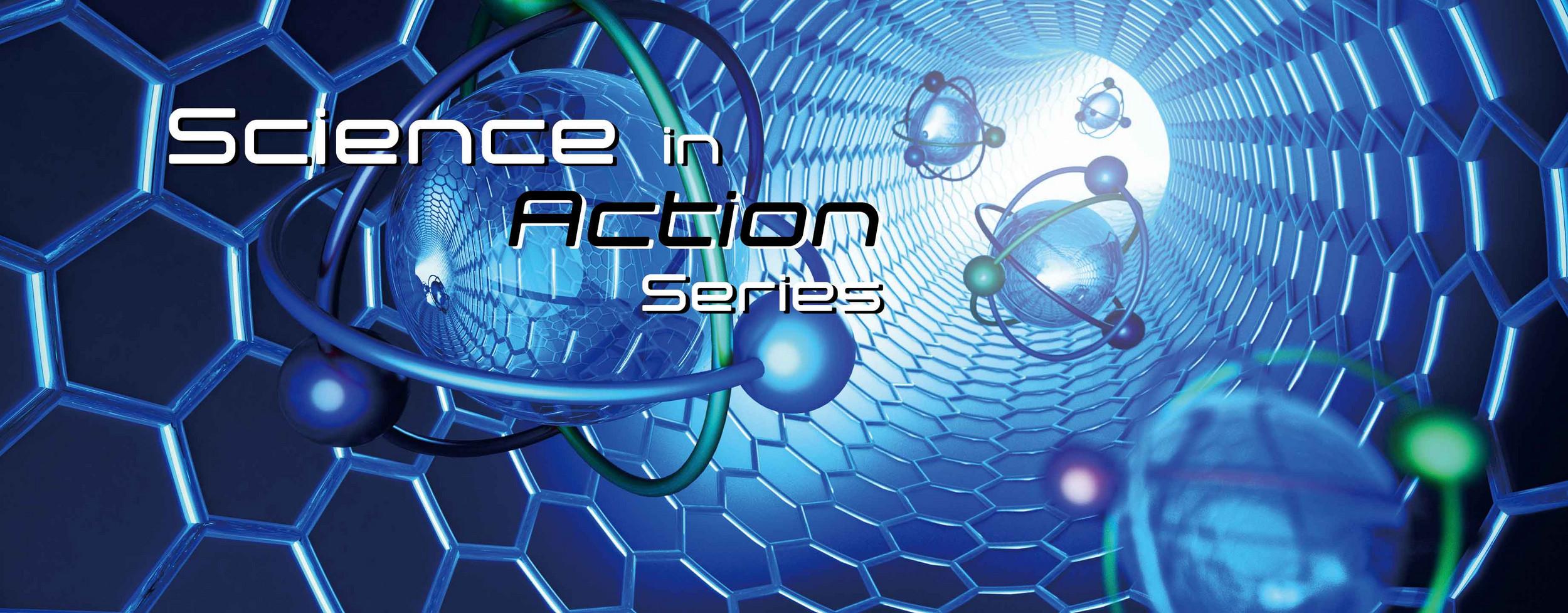
You may have never heard of Kalsec, Inc., but you’ve surely tasted its products. Working directly with major consumer packaged goods companies and other suppliers, their products are in hundreds of snacks, dressings, condiments, meat, plant-based protein, and brewed beverages that are probably part of your everyday diet.
Kalsec Lab Building
Kalsec, or the Kalamazoo Spice Extraction Company, founded in 1958, is a privately held company headquartered in Kalamazoo, Michigan. It provides a wide range of products for the savory food and brewed beverage industries, including natural colors, natural taste and sensory solutions, natural food protection, and natural hop solutions. In other words, Kalsec helps companies make their products look better, taste better and last longer…naturally®.
“Our global purpose is to unlock the power of people, science and nature to nourish the world” Kalsec Quality Control Lead Scientist Uwe Nienaber said.
Nienaber is in the business of quality control for the company’s worldwide operations, making sure these ingredients are extracted and remain exactly as they were intended. His job centers around three things. First, he supports the quality control of the company’s ingredients. Second, he works with quality assurance to monitor residues of pesticides, heavy metals and other environmental contaminants to ensure safe products. His third responsibility is to look for new technologies to incorporate into the company’s quality control operations. “So that's how I came across the HORIBA Aqualog, which I think is a good alternative to chromatography methods. Of course, our backbone here in the lab is liquid and gas chromatography. We can't, and I don’t think anybody in our industry can go without that, but I'm always interested in alternatives.”
The Aqualog is a spectrofluorometer that uses a proprietary technology that simultaneously acquires absorbance, transmission, and Excitation Emission Matrix (EEM) spectra, that characterize and quantitate chemical compounds accurately with high sensitivity, producing results cost-efficiently in seconds to just a couple of minutes.
“People have always been looking for alternative methods because chromatography instruments tend to require a lot of maintenance and troubleshooting, and they're not mobile,” he said. “So that's why spectroscopy is an area of interest, like NIR and FTIR. Some of these instruments are mobile. I also at some point worked with electron paramagnetic resonance. These are technologies people explore, but they often don't have the necessary levels of accuracy and sensitivity.”
Uwe Nienaber
“And so when I saw the presentation from Adam Gilmore from HORIBA and the application, I just got very interested because I hadn't heard about it.” Using fluorescence and UV is nothing foreign because those are the detector systems that are used in chromatography besides mass spectrometry.
Nienaber uses the Aqualog to build a model for capsaicinoids, one of the main compounds in chili pepper that gives you that sharp tingling sensation. Different varieties of peppers produce different heat levels. Some are rather mild and others can be highly pungent, and levels for these qualities must be strictly controlled.
“If you open up a pepper, there's this area where the seeds are. There's nothing in the seeds itself, but the tissue around the seeds called placenta is the location where those compounds are located.”
“That is something we analyze with liquid chromatography and because we use that analysis a lot, we have one instrument that's dedicated to it. So I picked a few applications that I thought would be very useful if we had an alternative way to measure them. And that's why we have been working with Adam so far, mostly on the capsaicinoids.”
When he measures these major capsaicinoids, he’s looking at three distinct compounds that only differ slightly in their side chains. “They will give very similar signals, but we have been able to separate and determine all three. In most cases, we sum them up. So even though chromatography determines compounds one, two, and three, what we're really doing is summing the three of them together, and then that's what we call total major capsaicinoids. But the thing is that compounds one and two have the same heat value, and compound three has a lower heat value. So if you determine the concentrations, then multiply by a factor, you can express the pungency in so-called Scoville heat units.”
“Adam is now working with a set of over 1,700 data points. And so pretty quickly now we're building a model, and we will find out whether we are able to improve the prediction. It’s been promising, very promising.”
Aqualog setup in QC lab
The month of October is a time when peppers of an annual crop-breeding project are harvested, dried, and shipped to Kalsec for analysis. He also plans on using the Aqualog to measure many of their extracts, oleoresins, and essential oils. Testing this method with the Aqualog is a long-term project, but Nienaber thinks it’s worthwhile.
“Chromatography is not going to go away. But if we can use the Aqualog instead of buying another chromatography instrument, which is a substantial investment, the overall cost of analysis can be lowered.”
Nienaber is also attracted to the Aqualog build quality.
“What I like about the Aqualog is that it's a very robust instrument, as long as you treat it right. There's little maintenance you need to do, as there are no moving parts. Utilizing A-TEEM technology through the use of the Aqualog, we anticipate a future enjoying the benefits of faster, more cost-effective testing for numerous test methods, while maintaining the same data accuracy as gas and liquid chromatography.”
如您有任何疑问,请在此留下详细需求信息,我们将竭诚为您服务。


